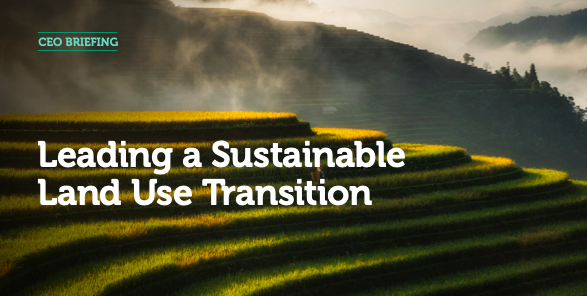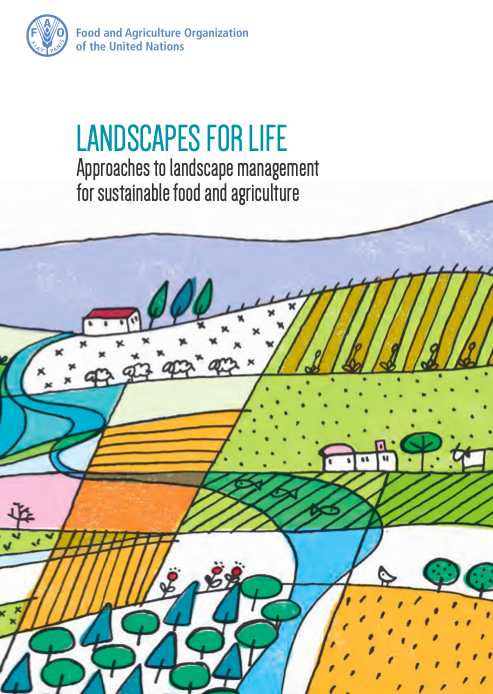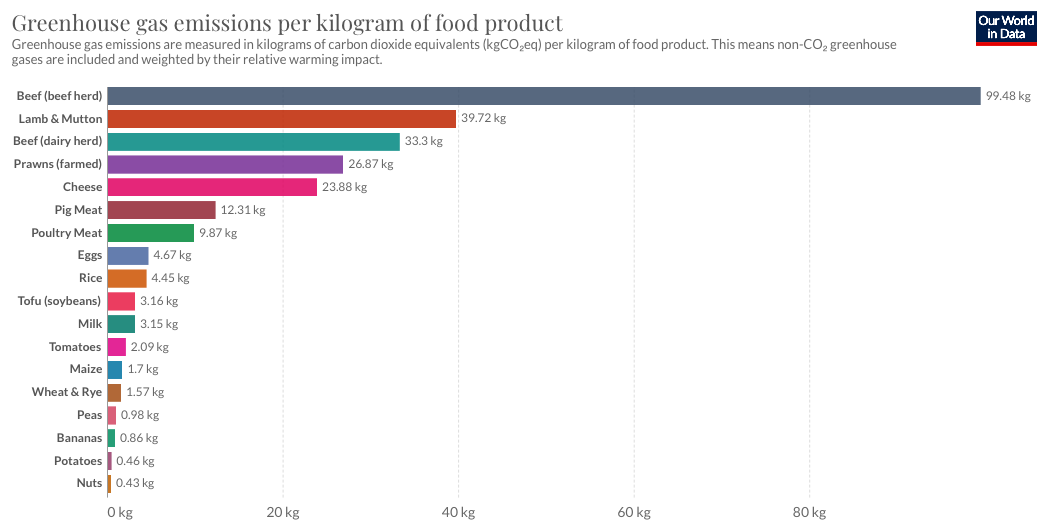Land Use and Relinquishment
Description
Including developing, using, and vacating spaces so that future regeneration is not necessary.
Share this Subissue on:LinkedIn
Resources
Science Based Targets
Building on the momentum of the Science Based Targets initiative (SBTi), the Science Based Targets Network (SBTN) is a collaboration of 45+ global non-profits and mission-driven organizations working together to develop guidance to set science-based targets for all of Earth’s systems. Science Based Targets has created a five-step target-setting framework that helps you to assess; interpret and prioritise; measure, set, and disclose; act upon; and track your science-based goals. They have also created sector-specific guidance and target monitoring for companies and financial institutions.
At present, Science Based Targets helps companies to develop their goals based on the latest science: SBTi specifically focuses on GHG emission reduction goals, and SBTN specifically focuses on nature positive goals, with target-setting guidance for land, biodiversity, and freshwater. Their respective websites provide comprehensive resources, cases, and support for taking credible action.
Leading a Sustainable Land Use Transition
This CEO briefing explains how unsustainable land use is threatening the health of the planet, its people, and economies, and explains the patterns of behaviour contributing to this issue. It explains how it is crucial for the business community to contribute to positive solutions, and highlights some of the key actions that industries can undertake to lead the transition. This primer is a good starting point for introducing business leaders to the topic of land use and the role they can play to creating sustainable built environments.
Global Land Outlook: Land Restoration for Recovery and Resilience
This comprehensive guide from the United Nations Convention to Combat Desertification can help change agents, policy advocates and lobbyists, and corporate strategic planners to understand the rationale, enabling factors, and diverse pathways by which land degradation can be reduced and reversed. The guide is divided into three parts: Land In Focus examines the current global land use system, including its status, dynamics, trajectories, and the consequences for people and the planet; Restoration Around the World highlights and explores the range of land restoration activities currently happening around the world; and Framing the Land Restoration Agenda demonstrates the feasibility and applicability of different pathways to recovery and resilience.
Landscapes for Life: Approaches to landscape management for sustainable food and agriculture
Every business, knowingly or otherwise, shapes the land beneath it and around it. If you are looking to achieve a better understanding of the positive impacts your company can have on the land, this guide from the Food and Agriculture Organization (FAO) provides summary information on a range of best-practices for land use, including territorial developlment, forest and landscape restoration, and integrated peri-urban systems. The document also includes a variety of short case studies highlighting FAO approaches in action.
Environmental Impacts of Food Production
Over the last few centuries, wild habitats such as forests, grasslands, and shrubbery have been transformed by humanity to create space for agriculture. In fact, as explained in this comprehensive article, half of the world's land is now used for agriculture. This resource features charts, table, and summaries to highlight the environmental impacts of food and agriculture, such as their impact on greenhouse gases, land use, freshwater use, eutrophication, and biodiversity. It also highlights a range of solutions for reducing these impacts. This resource may help you to better understand how the land footprint (and their distribution) differs between food types, and to identify areas where your business can directly or indirectly intervene to support positive change.




